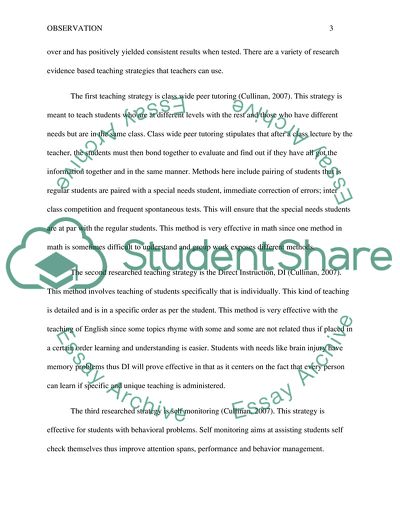Cite this document
(“Observation Essay Example | Topics and Well Written Essays - 1250 words - 2”, n.d.)
Retrieved from https://studentshare.org/miscellaneous/1686703-observation
Retrieved from https://studentshare.org/miscellaneous/1686703-observation
(Observation Essay Example | Topics and Well Written Essays - 1250 Words - 2)
https://studentshare.org/miscellaneous/1686703-observation.
https://studentshare.org/miscellaneous/1686703-observation.
“Observation Essay Example | Topics and Well Written Essays - 1250 Words - 2”, n.d. https://studentshare.org/miscellaneous/1686703-observation.


